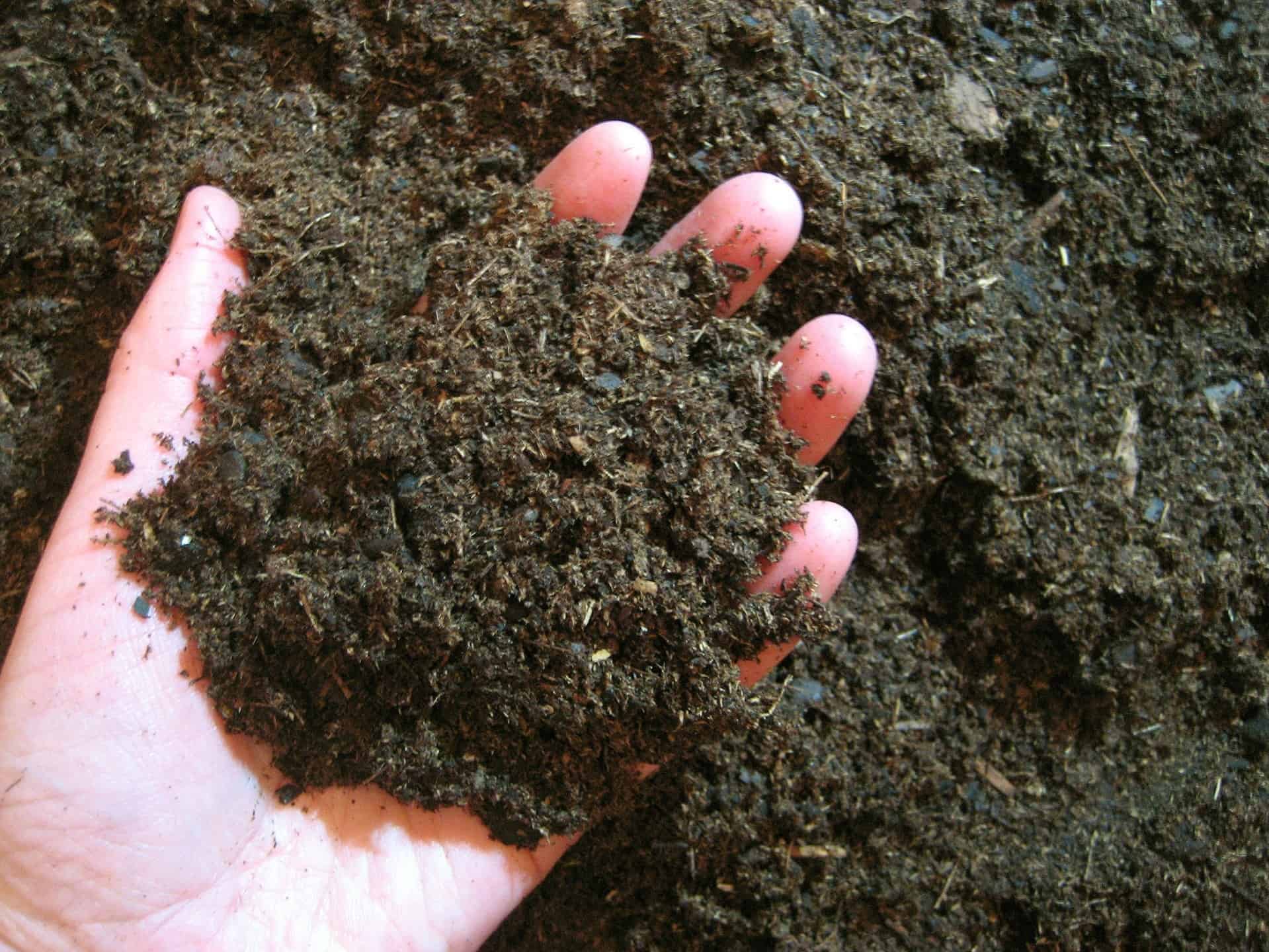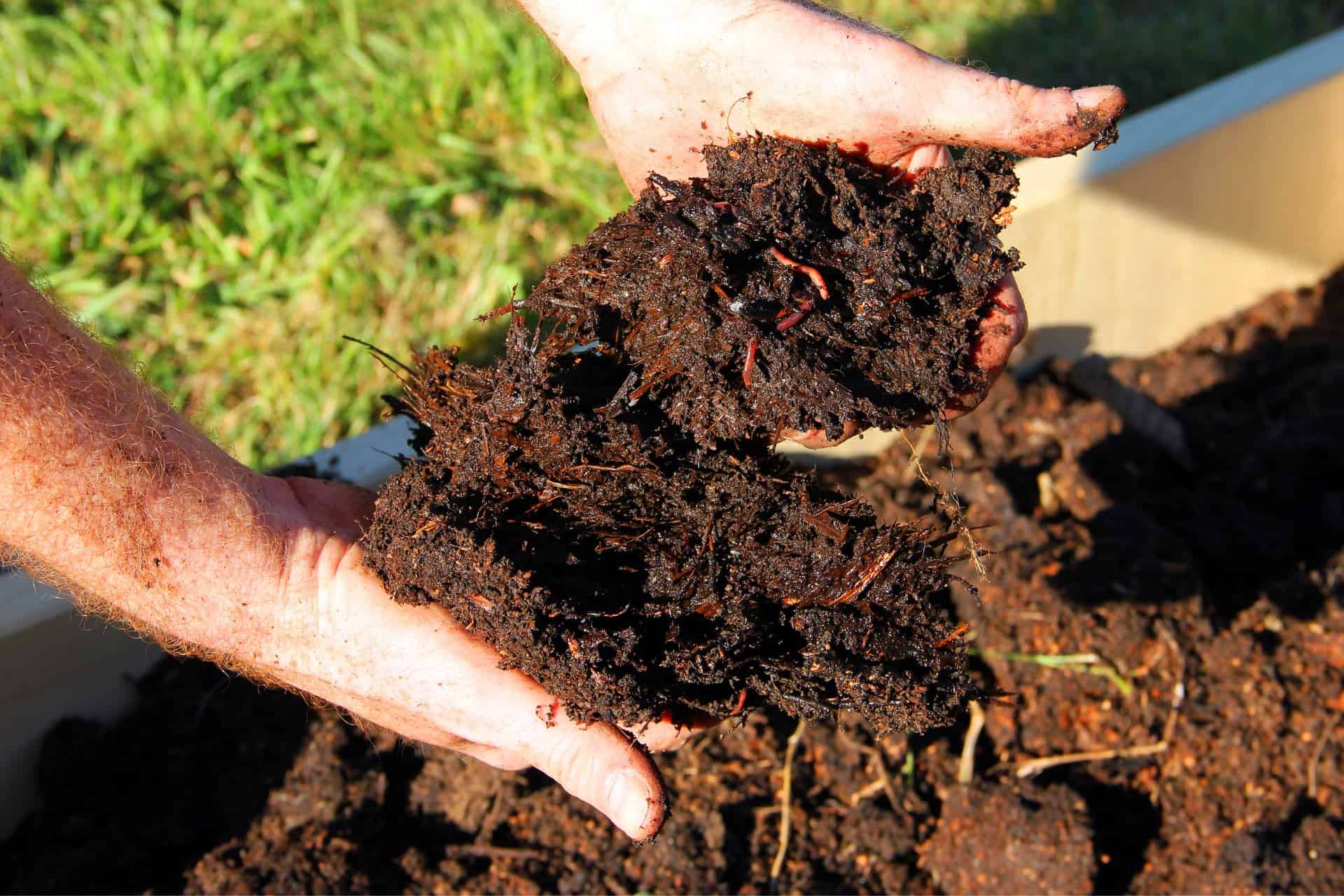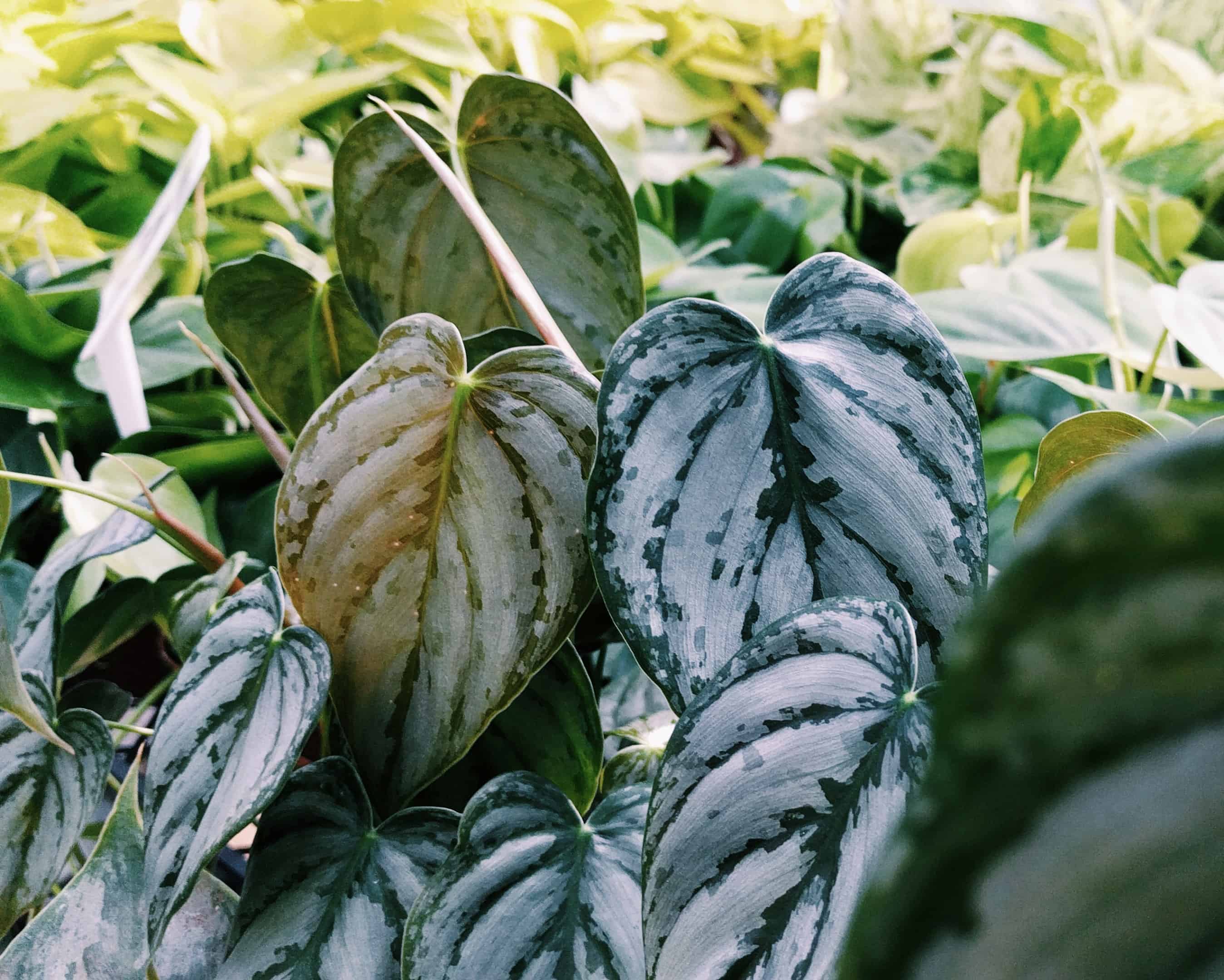No products in the cart.
The genus Philodendron is rich in stunning and one-of-a-kind species that are popular for their foliage. Among them is the Philodendron ‘Paraiso Verde, a dwarf philodendron cultivar with uniquely variegated leaves that truly speaks of paradise.
Once you come across this plant, consider that a lucky day. Make sure to take it home and never miss the opportunity to have one. Out in the market, the Philodendron ‘Paraiso Verde plant is a rare find.
And if you wonder if this plant will demand a lot, worry no more. While it may need some special care, it won’t be that hard to achieve. Take a look at the basic growing requirements below.
PLANT NAME: Philodendron ‘Paraiso Verde’
Other Name: Philodendron green paradise
Plant Type: Aroid (Climbing philodendron)
Native Areas: Tropical rainforests of Central and South America
Light Requirement: Bright, indirect light
Watering: Soak and dry method
Fertilizer: Apply a balanced liquid houseplant fertilizer once every 6 to 8 weeks during the spring and summer seasons only
Toxicity: Toxic to pets and humans
Temperature: 65 – 85 degrees Fahrenheit (17 – 29 degrees Celcius)
Propagation: Stem cuttings
Growth: Fast grower
Soil Type: Well-drained, moist soil, organic-rich
More About Philodendron Paraiso Verde
The Philodendron ‘Paraiso Verde’ is a rare find. It’s a dwarf variety of Philodendron species belonging to the Aroid family that reaches only an average height of 15 to 20 inches when taken care of indoors.
It’s a climbing type of Philodendron which means that it needs a pole to cling to.
Paraiso Verde has elongated, narrow leaves that take a shape of a heart. Each leaf could grow an average size of 10 inches (25 cm). Some would grow longer depending on the condition of the environment.
Despite the big size of its foliage, the stems are short so it needs extra support in the form of a pole or moss stick to carry the weight of the leaves.
What makes Philodendron ‘Paraiso Verde’ unique is its pretty variegation. It’s a combination of different shades of green in streaks or mottled patterns. The degree of variegation depends on how much light is available.
That marbled appearance of the foliage is what attracts gardeners and enthusiasts to cultivate this variety.
As a tropical plant, the Paraiso Verde is suited for a warm environment. While they can survive outdoor conditions, it would be best to keep this plant indoors, away from the extreme coldness of freezing winters.
Now, let’s see how to take care of Philodendron Paraiso in an indoor setting.
Philodendron ‘Paraiso Verde’ Care Guide
Ideal Potting Mix
Philodendrons thrive well in well-aerated soil that’s lightweight and rich in organic matter. You can use a small amount of fresh soil, then add peat moss, perlite, and charcoal. While perlite and charcoal help create a chunky mix that has good drainage, peat moss helps retain water and keep the soil moist.

You also have the option to go soilless in potting your Philodendron. Either way, just make sure the pot has sufficient drainage holes.
Paraiso Verde also likes its soil to be slightly acidic (6.5). It’s very easy to measure this now if you have a handheld digital pH meter.
Lighting
If you’ve cared for a Philodendron plant before, you’ll know that they don’t like direct sunlight. Although bright light helps improve variegation, direct exposure to harsh sunlight may cause leaf scorching, especially during the hotter days.
Indirect sunlight is best as long as it’s bright enough to keep the Paraiso Verde happy. Find the brightest spot in your area and let your Philodendron settle there. A perfect position is a glass window in an east-facing direction.
Once the sunlight gets really intense, provide a sheer contain to serve as a barrier. That way, your Paraise Verde can enjoy the indirect light the passes through. Low-lit areas aren’t good spots for growing Philodendrons so try to avoid them as much as you avoid direct sunlight.
Watering
Just like any other species, an integral part of the Philodendron ‘Paraiso Verde’ care is correct watering. You must avoid going both extremes, underwatering and overwatering, as any case could harm the plant.
What I recommend is that you follow the soak-and-dry method because this is a safe option. Allow the soil to dry first before giving it a good drench. A good sign that your plant is well-watered is when the Paraiso Verde leaves are plump, meaning it’s well-hydrated.
If your area receives occasional rain, go and let your Philodendron ‘Paraiso Verde’ bathe under it. Rainwater is beneficial for outdoor plants. Just make sure to drain the pot so no stagnant water will remain in the pot.
Temperature and Humidity Levels
Remember that the Philodendron ‘Paraiso Verde’ plant originates from tropical regions. Considering its natural habitat, expect that this plant will thrive in areas with warmer temperatures (65 – 85°F or 17 – 29°C) than those in cold ones. Locations under USDA hardiness zones 9 to 11 can provide a well-suited environment.
As far as humidity is concerned, please avoid low humidity levels. The ideal range should be between 60% to 70%, which you can easily track if you have a humidity meter. Occasional sprays especially when it’s too dry will bring comfort to your Philodendron.
While a humid environment is good, make sure you also have good air circulation around your home. Too much moisture can lead to the occurrence of diseases like fungal infections.
Fertilizer

The good thing about Philodendron ‘Paraiso Verde’ is that it’s not a heavy feeder. But of course, additional nutrients from time to time will be a big help. You have the option to provide a slow-release fertilizer in the form of organic compost or a fast-release liquid, balanced fertilizer.
Apply this every 6 to 8 weeks but only during Spring and Summer seasons because these are the times when the plant grows actively.
Pruning
Philodendron ‘Paraiso Verde’ wouldn’t require heavy and frequent pruning. You’ll just need to watch out for parts that are diseased, as well as aged leaves. Trim them off to keep your plant clean and healthy.
Some leggy and thin stems need to be pruned as well just above the leaf nodes to encourage fuller growth.
Potting
Once you notice that the root ball of your Philodendron Paraiso has filled the small pot, you’ll need to transfer it to a new container. Ideally, the new pot must be an inch larger than the previous one. This will benefit the health of your plant as it helps replenish nutrients from depleted soil.
It’ll also allow the roots to have enough breathing room.
You can also trim the aged roots to help rejuvenate the plant.
Propagating
Since it’s an expensive plant, it would be worthy to propagate Philodendron ‘Paraiso Verde’. Not only will you be able to display more of its gorgeous foliage but you can also sell them to others. Thankfully, it’s easy to multiply Paraiso Verde using stem cuttings. Just follow the instructions below:
Inspect the parent plant and choose a healthy stem. Cut that stem just above the leaf node using a sharp and sterilized knife.
After that, remove the Paraiso Verde leaves from the stem cutting. You can retain only one leaf on top of the cutting.
Plant the stem cutting into a potting mix. Water the pot and make sure that excess water drains.
Place the pot in an area with partial shade. Keep the potting soil moist but not oversaturated to keep the cutting from rotting.
The stem cutting will develop roots within two weeks. Allow it to grow new leaves before potting to its designated container.
Philodendron ‘Paraiso Verde’ Similar Plants
Philodendron ‘Birkin’
 philodendron birkins @flickr
philodendron birkins @flickr
Birkin is a hybrid variety from two cultivars: congo and imperial green. The leaves are heart in shape and highly variegated with streaks of dark and bright yellow stripes. It grows up to 3 feet tall and spreads up to 2 feet wide.
Philodendron plowmanii
The distinct oval to heart-shaped leaves of Philodendron plowmanii which has a combination of bright lime, yellow, and dark green colors. The leaves are distinctively veined and have a leathery touch. It can also grow an average height of 8 feet.
Philodendron brandtianum

This species also commonly known as the Silver leaf philodendron is a bushy type of Philodendron that’s priced for its striking variegation of green and silver colors. It has heart-shaped leaves as well but the shape isn’t elongated and the size is smaller. You can plant it in hanging baskets or pots.
Philodendron ‘Paraiso Verde’ Common Diseases and Pests
Verde Philodendron Paraiso is susceptible to common pests such as spider mites, aphids, scales, and mealy bugs which are sap-sucking insects that can feast on the leaves. They can bring serious damage to the whole plant and reduce its aesthetic value.
You can use neem oil to wipe them off the infected leaf surfaces.
Some diseases of Philodendron Paraiso are brown leaf tips and yellowing of the plant’s leaves. The first condition could be due to dehydration caused by underwatering, temperature stress, or low humidity levels. You can adjust these growing conditions
Frequently Asked Questions
Paraiso Verde and Jose Buono are both varieties of Philodendron that have the same elongated, heart-shaped leaves. However, they differ in the pattern of their variegation. While the Paraiso Verde is mottled with shades of green, the Jose Buono has splotches of white variegation.
Yes. Paraiso Verde is a climbing philodendron. It has aerial roots that it can use to grasp on tree trunks and branches for support. When taken as one of the indoor plants, it will benefit from a support structure such as a moss stick or bamboo pole.
No. Paraiso Verde grows on short stems so they’re not fitted to be hanged. It’s best to grow this plant in an upright direction with a moss pole as support.
You can find various species of Philodendron here at Plantly. Make sure to browse through our collection and check out your next Philodendron baby.
Whether you want to buy, sell, or simply reach out to other plant enthusiasts, Plantly is the right place to be!


